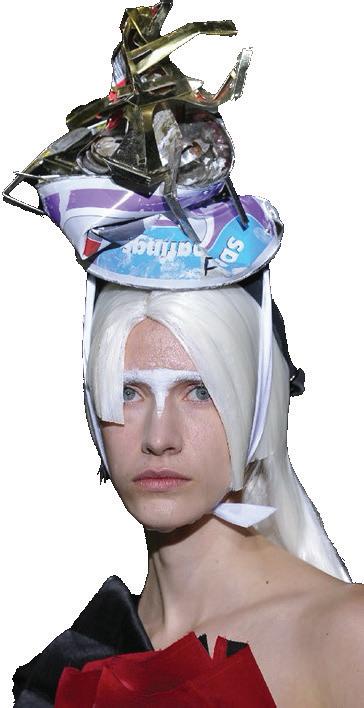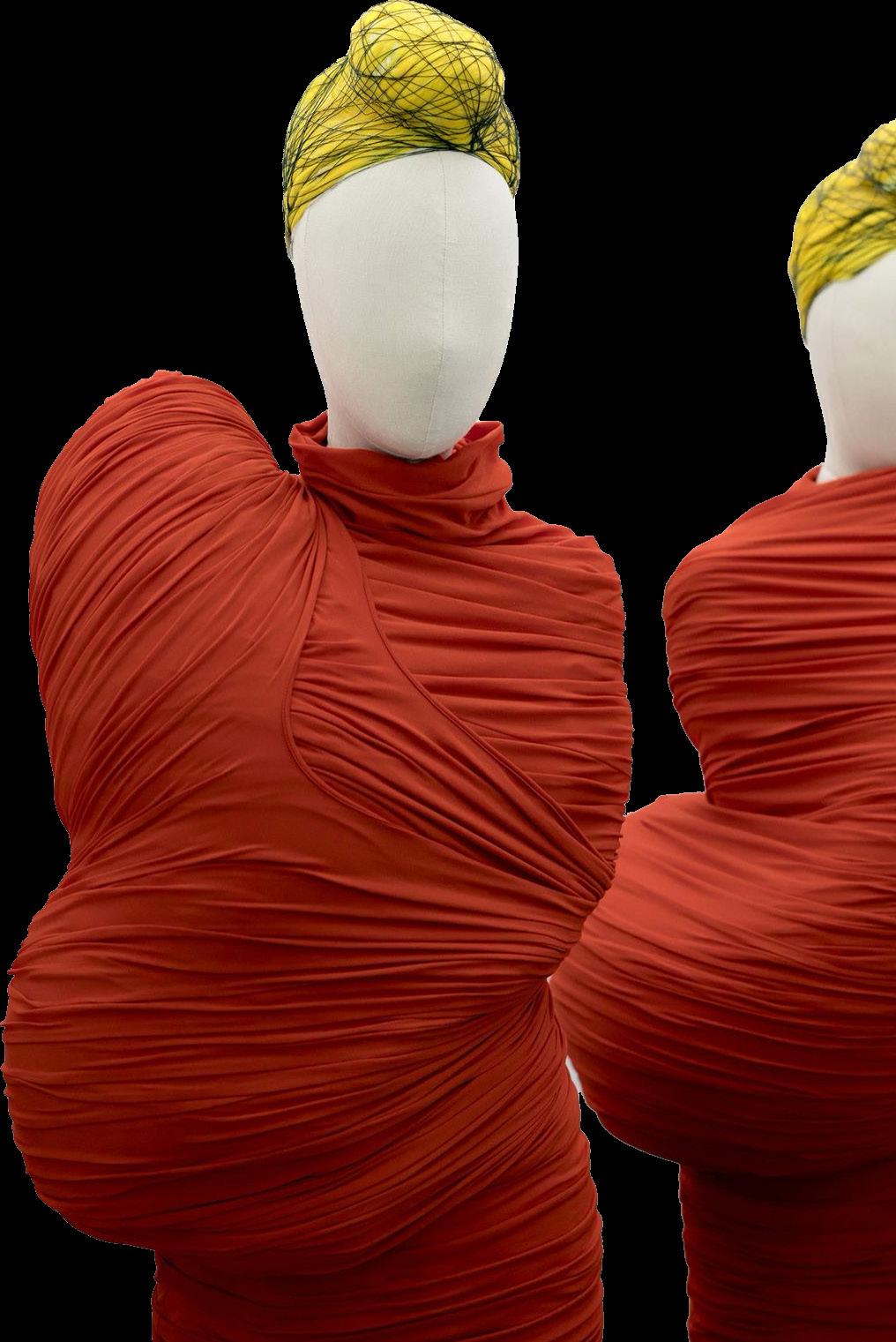
2 minute read
K
from My first document
by vivianapuica
nown for her voluminous, monochromatic and architectural silhouettes, her design language appears to be more concerned with novelty and sparking interest and dialogue rather than accepting the already defined beauty norms of fashion. She argues that she doesn’t look back at older collec- tions when designing, hence her engagement with his- tory is a constant rejection. In her clothes, one feels “protected”.
Comme des Garcons or CDG is a fashion label out of Japan that was founded in 1969 by Rei Kawakubo. Comme des Garcons means “like some boys” in French and it was inspired by a song titled “All the Boys and Girls” by Francisco Hardy. This makes sense as a name because CDG is focused on blurring the gender norms in fashion since the beginning of the label.
Advertisement
Kawakubo started designing clothes under the brand name Comme des Garçons in 1969, before officially establishing the company in 1971. To this day, the prolific designer oversees everything the brand produces. From inception, Comme des Garçons proved popular with members of the beau monde, but it wasn’t until the late 1970s that the brand became a household name. Ever since, CdG has remained at the forefront of fashion and popular with people from all backgrounds – hence the multitude of sub-labels.
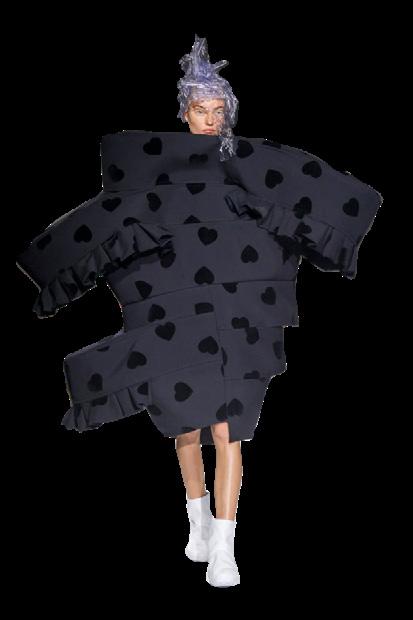
Comme des Garçons debut runway show took place at Paris Fashion Week in 1981. Amazingly, Kawakubo’s first show wasn’t well received. In fact, critics went so far as to insult the Japanese designer’s first collection, especially for its “overuse of black”.
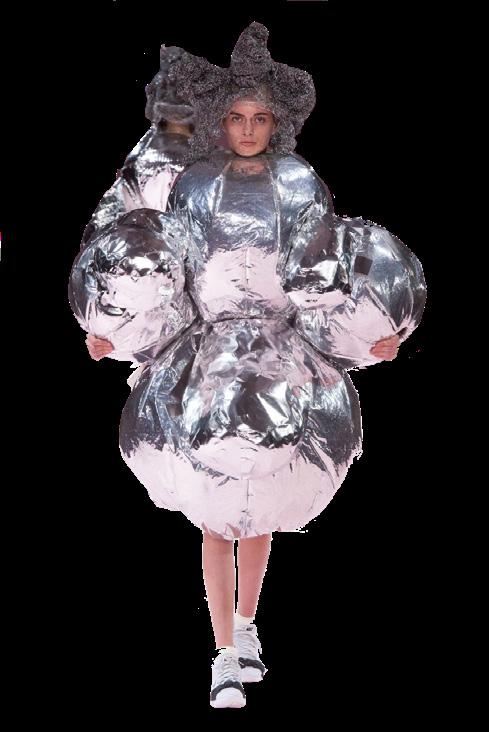
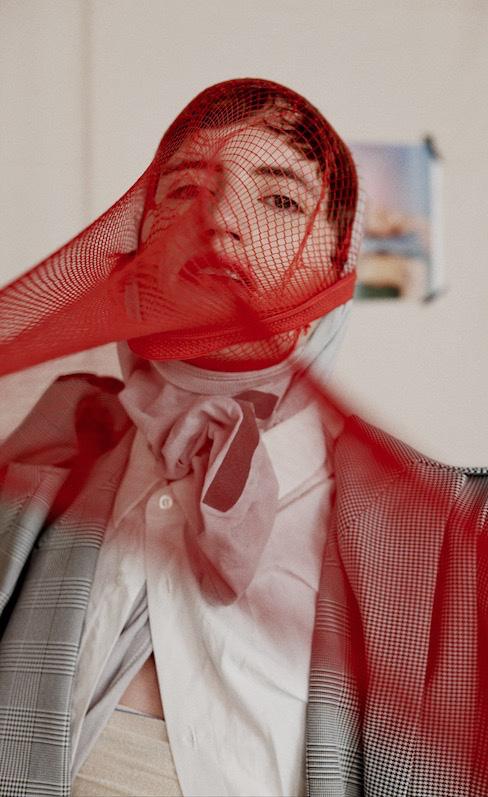


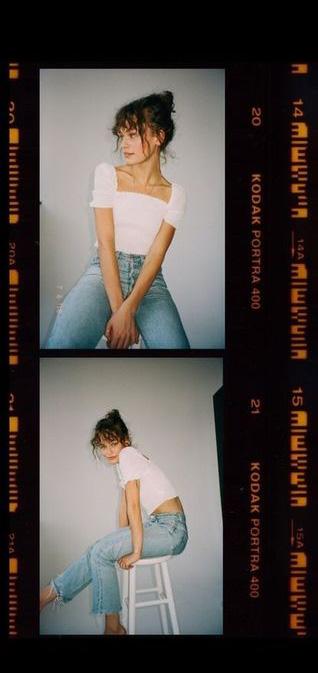
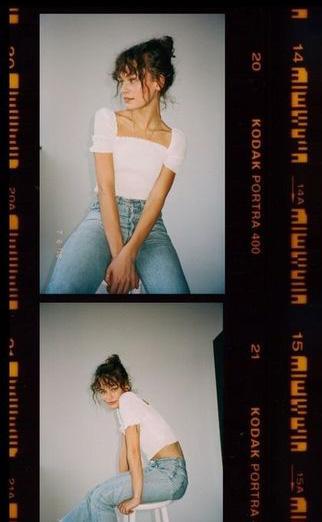

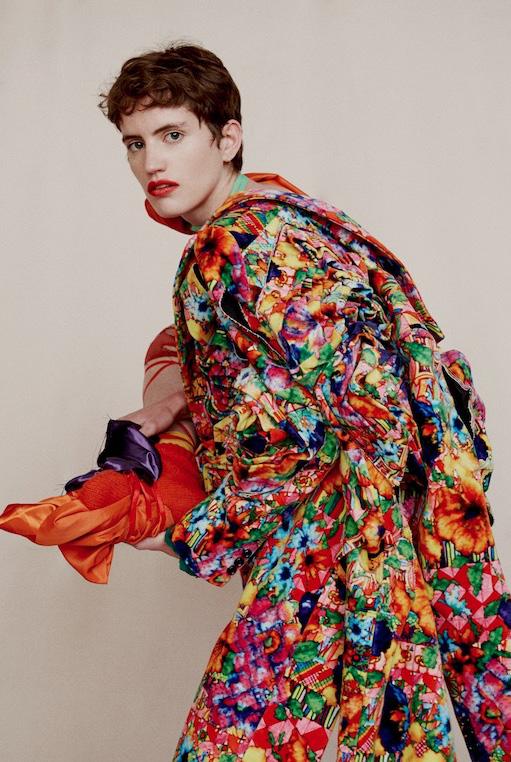

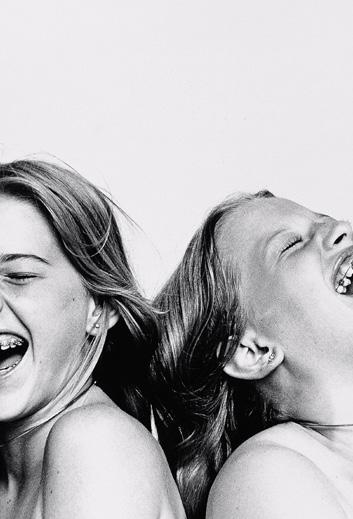



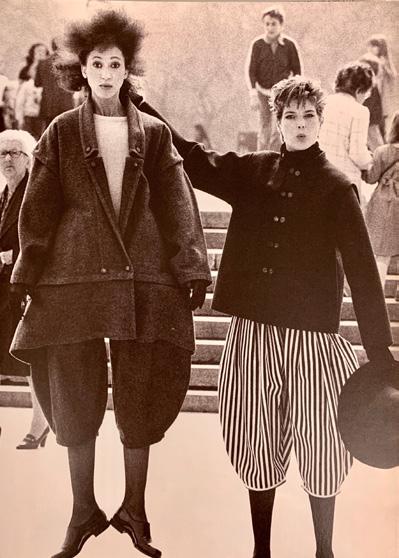
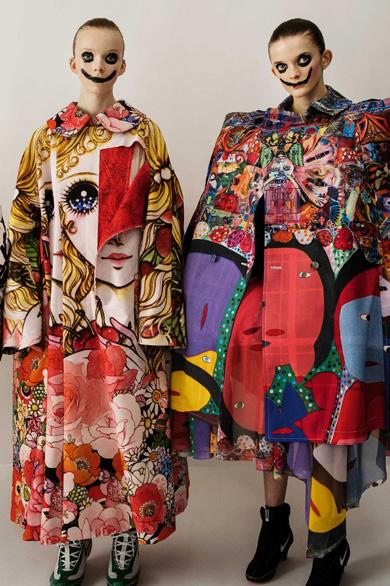

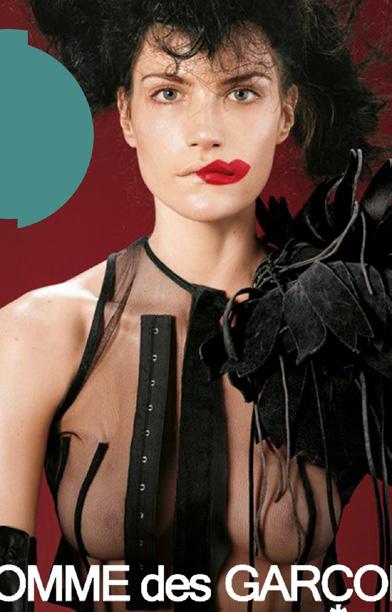
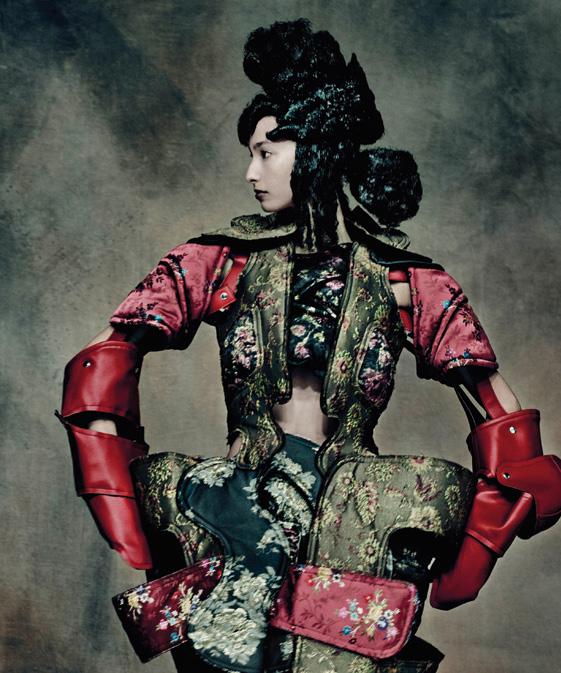



It is Filip Pagowski, a polish artist, who designed Comme des Garçons’ logo. This logo was an image for the line PLAY. The logo was designed in the 1980s, after the Rei Kawakubo and Filip contacted and decided to create something iconic.

The PLAY line launched in 2002 described by the label as “a sign, a symbol, a feeling”. Filip Pagowski attended a number of men’s shows and was cast for the summer 1992 show. “The heart image happened at the same time, but independently of the creation of the PLAY line. It’s as if Rei and I were affected by each other’s work,” explained Pagowski. “I remember working on something... not connected to anything. I got this idea of a red heart with a set of eyes. I drew it instanteniously and the first draft was it. I submitted it for another Commes des Garcons project, for which it never made it, but eventually it resurfaced; making bigger waves as a logo for the PLAY line.”


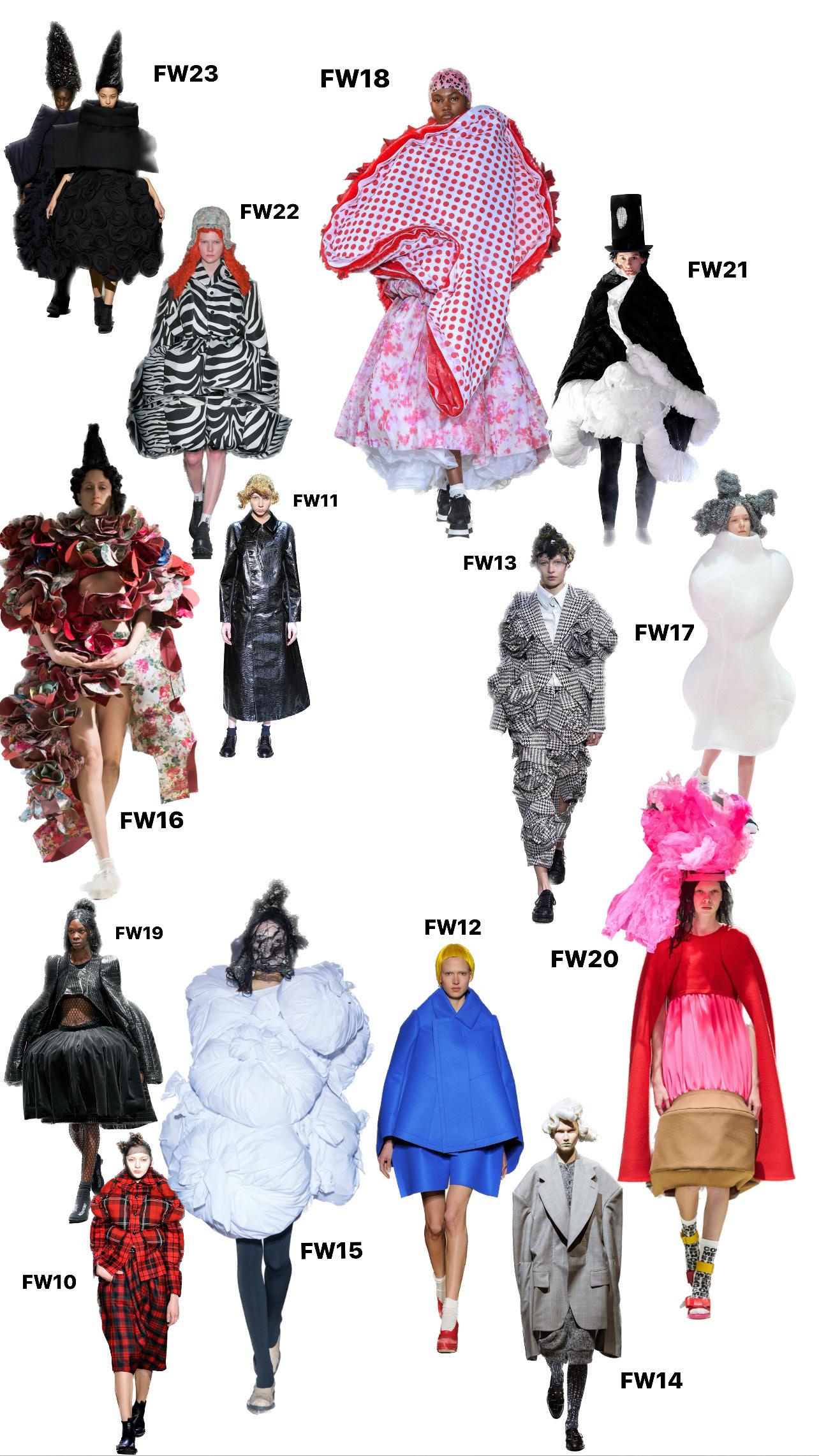
The radical starting point, 1977, “Body Meets Dress - Dress Meets Body”. AW21, collection blurs boundries and amplifies proportions. AW13-14, “Not Making Clothes”; clothes were oversized andunorthodox in shape. “Monster”, AW14-15, designed as a reaction to the crazyness of humanity. AW15, use of rose motifs to symbolize an reference violence.
The pieces from the “The Future of Silhouettes”, AW17 collection reimagined dress forms, shilst for “Notes on Camp”, 2018, Rei Kawakubo experimented with camp, kitsch and “multidimensional graffiti”.
